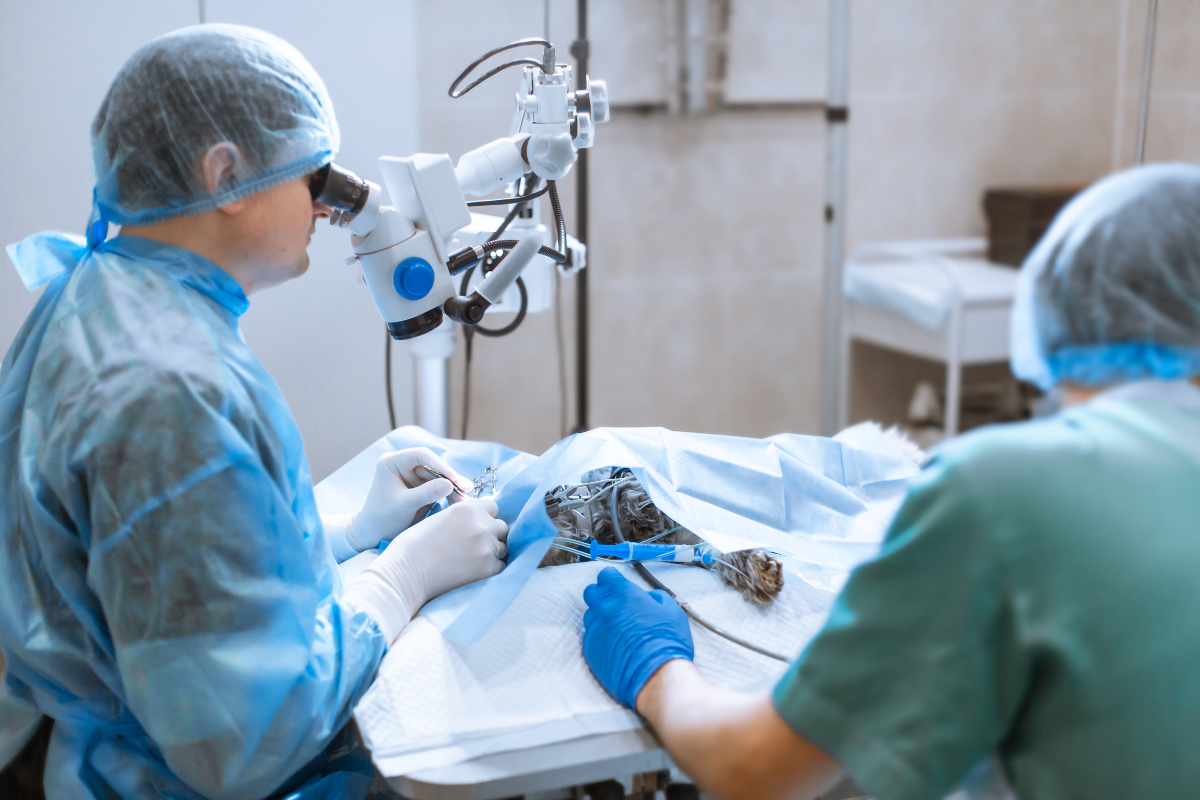As of June 1st, 2020, less than 20 pets worldwide have tested positive for SARS-CoV-2, the strain of coronavirus causing COVID-19 in humans. However, with many uncertainties surrounding the virus, pet owners are concerned for their pet’s health and the potential to spread the virus between humans and animals.
In early April, the CDC reported that a Siberian tiger at the Bronx Zoo was the first U.S. case of an animal testing positive. The virus then spread to 6 other large cats.
The Wildlife Conservation Society stated that the cats were infected by an asymptomatic zookeeper carrying the virus. They are recovering well and appropriate measures have been implemented to prevent further spreading at the zoo.
According to the AVMA, laboratories studying experimental infection found that cats, ferrets and Syrian hamsters can be experimentally infected with SARS-CoV-2 and spread the virus to others in their species showing potential to serve as models of human infection. This has not yet been seen in studies with dogs, chickens, ducks or pigs.
Based off of molecular models and in vitro studies, multiple species could theoretically be able to be infected, but a definite intermediate host has not yet been identified.
In the very few instances of pets testing positive for SARS-CoV-2, evidence suggests that these cases resulted from close contact with humans with COVID-19. There is little to no evidence that domestic animals can be easily infected by natural causes.
Even though COVID-19 originated in animals, there is also no evidence that animals play a significant role in transmission to humans. Because of this, animal health officials do not recommend routine testing of animals.
As this situation continues to evolve, health officials may decide to test certain animals. The decision should be made using a One Health approach between the attending veterinarian and local, state and/or federal public and animal health officials based on a variety of criteria.
- The animal has been in contact with a person with suspected or confirmed COVID-19 or has been exposed to a known high-risk environment and is showing clinical signs of a new, concerning illness that is suspicious of an infectious disease.
- The animal is threatened, endangered, imperiled, or rare in a rehabilitation or zoological facility with possible exposure through an infected person or animal regardless of whether the animal is showing clinical signs.
- Animal is in a mass care or group setting where possible exposure history to people with COVID-19 is unknown and a cluster of animals are showing clinical signs.
For more information, read the CDC’s Evaluation for SARS-CoV-2 Testing in Animals.



